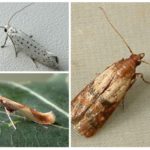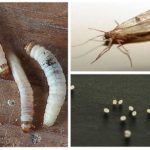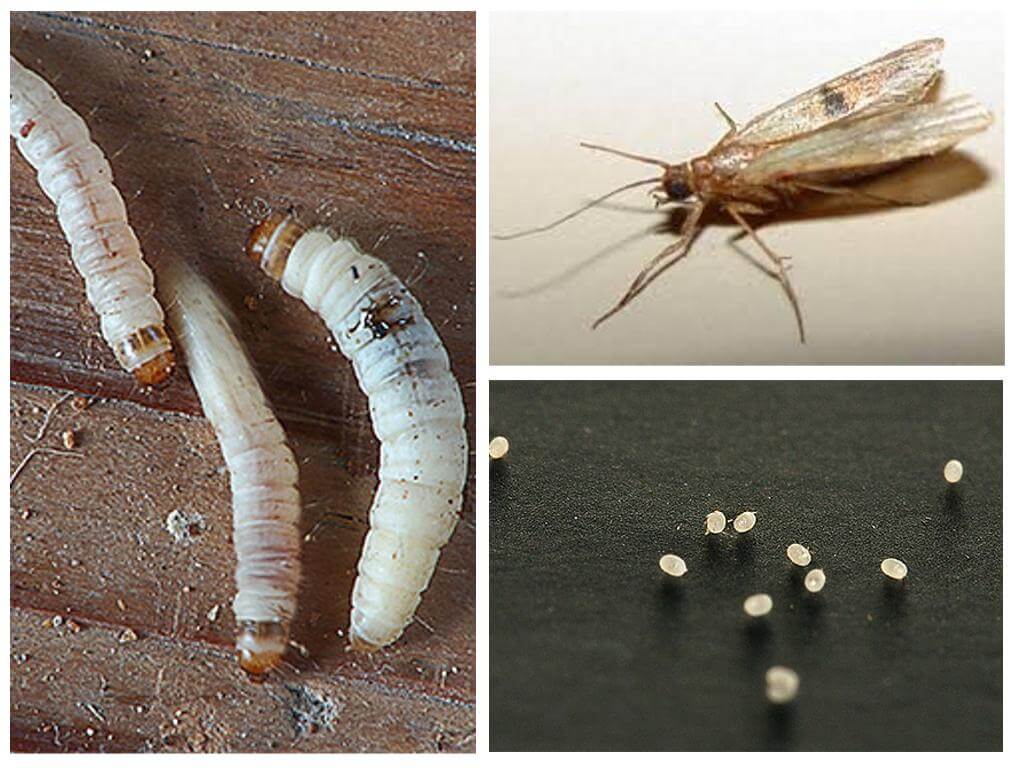Why moth has no proboscis
Content
- Moth species
- Stages of moth development
Varieties and features
In nature, there are a huge number of species of butterflies that feed on the proboscis. It is surprising that not all representatives of this order feed on the nectar of flowers. Among them are such insects that feed on excrement and carcasses of animals. Vampires are feeding on blood; they are capable of attacking animals and even humans.
Moth is a domestic pest that consumes keratin hairline, as well as remnants of organic matter. However, gluttony differ moth larvaewhich can spoil a lot of products and things, until they pupate and turn into a butterfly. It is the moth caterpillars that have a powerful gnawing mouth apparatus, with which they feed on fur products, semi-synthetic tissues, as well as maize kernels and various cereals. According to eating habits, several types of pest share: cereal moth, fruit, flour, wardrobe and others.
On a note!
It is sometimes said that a mole can eat even synthetic fabrics. However, this statement is not entirely true. Caterpillars eat only natural fabrics.They can damage the material that contains in its composition and wool and synthetic fibers. Worms grow much slower than fellows who eat fur or pure wool products.
Features of the caterpillars: why there is no proboscis
The larvae of common winged moths with their proboscis are able to consume within a day a volume of food that is several times greater than their weight. This characteristic is not characteristic of the larvae of the moth, since they consume coarse food and in smaller quantities. This fact can explain their slow growth and size.
The oral apparatus of the larva has two mandibles, on each of which there are incisors. Thanks to them, worms can gnaw through the fibers and fur pile, feeding on them. Larvae, like adults, behave quite carefully. They penetrate the deep folds of clothing, as a result of which they are not always able to be found. Hiding from prying eyes, moth larvae eat various foods and gradually evolve.
Adults do without a proboscis, as they do not eat at all. This is explained by the fact that the moth has no oral apparatus. Does not exist in this pest and digestive organs, and to be more precise,they are poorly developed. The moths themselves are practically harmless; they only mate and lay eggs.
Interesting!
The lack of digestive organs in adults explains the absence of the proboscis:
- Primary toothed moths received a gnawing organ from their ancestors;
- The secondary representatives of this species of insects eventually lost their existing mouth as unnecessary.
Life cycle
The development of a household pest comes with a complete transformation. The female is able to lay from 50 to 230 eggs. Two weeks later, caterpillars emerge from them, which build cocoons from nutrient material. In the pupal state, the pest spends up to 1.5 months, the winged moth lives for about 4 weeks. The entire life cycle lasts about 7 months.
Now the answer to the question of how you can explain the absence of a proboscis in the moth is obvious: she simply does not need it.






 (votes: 6, Average rating: 4.67 out of 5)
(votes: 6, Average rating: 4.67 out of 5)


